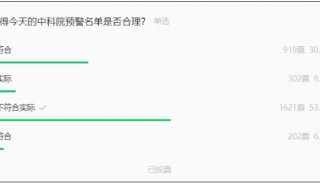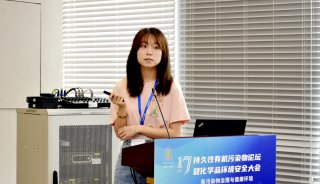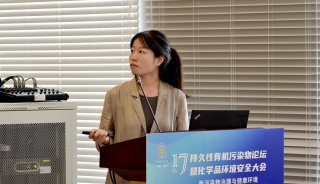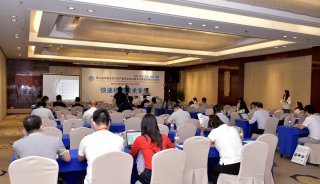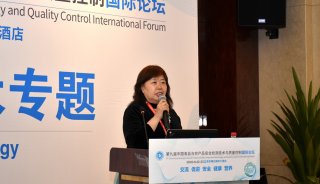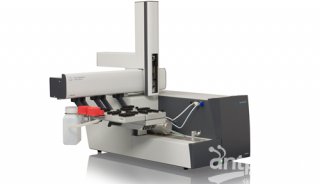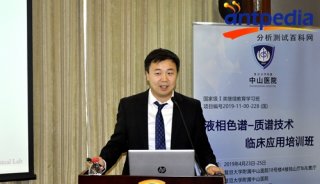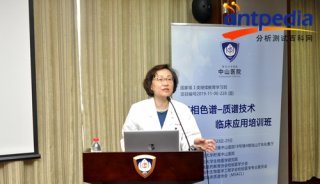关注癫痫症状——点头综合征
点头综合征(Nodding syndrome)是一种由于失张力性发作造成的癫痫。点头综合征这种神秘的中枢神经系统疾病目前为止仅在三个非洲国家报道过。近期,一项发表在《柳叶刀神经病学》[Lancet Neurol 2013 Jan 7]杂志上的研究,对乌干达北部这种疾病流行模式出现的病例进行了研究,是首次系统性评估这种罕见的神经系统疾病的临床特点,短期预后,流行病学的研究。
研究发现,在23个孩子(7-15岁)中,大部分患儿每天都会出现点头发作,30%的患儿有严重的认知功能障碍。包含78名儿童的较大研究组患儿,与年龄匹配的对照儿童相比,点头症状通常可预测如反应迟钝和愚笨等认知功能障碍的表现。
来自美国佐治亚州亚特兰大疾病控制和预防中心(CDC)的James Sejvar博士及其同事在文中写道,“研究结果表明,点头综合征是一种流行性癫痫,通常会与脑病有关。认知障碍可能是由于癫痫造成的,或可能是一种源自共同病理生理学的一个相关的特征。”
CDC和乌干达卫计委之间的合作发现,该疾病存在不同的脑电图和临床发作类型 表现,包括:失张力发作,强直-阵挛发作,不典型失神发作,即局灶性发作和全身发作均存在。观察还发现,冷饮料、过热的食物和寒冷的天气都会触发点头发作。
大部分患儿的脑磁共振成像扫描显示存在广泛的大脑和小脑萎缩,但未见局灶性或白质异常信号,排除任何炎症因素。这些研究结果与稳定的脑脊液蛋白水平共同提示,点头综合征是一种独立的癫痫性疾病,而不是脑炎。
作者的结论称,“点头综合征均有独特的临床和电图特征,患病率较高,均有明显的地域聚集性,这些刻板的现象使点头综合征更像是一种独特的新疾病。”作者指出,这项研究的8个月随访未能对点头综合征死亡率趋势和整个自然病程,以及聚集性特征进行评估。
在随刊评论中,来自英国伦敦UCL儿童健康研究所的Helen Cross教授,对一种寄生虫病,盘尾丝虫病(该病与癫痫有关)引起点头综合征的理论提出质疑。由于点头综合征会出现明显的进行性神经性系统性恶化,她说,“癫痫只是一种表现形式,而不是癫痫性脑病”。
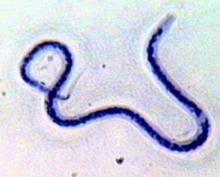
Head-scratching persists despite nodding syndrome study.medwirenews.17 January 2013.
BACKGROUND: Nodding syndrome is an unexplained illness characterised by head-bobbing spells. The clinical and epidemiological features are incompletely described, and the explanation for the nodding and the underlying cause of nodding syndrome are unknown. We aimed to describe the clinical and neurological diagnostic features of this illness. METHODS: In December, 2009, we did a multifaceted investigation to assess epidemiological and clinical illness features in 13 parishes in Kitgum District, Uganda. We defined a case as a previously healthy child aged 5-15 years with reported nodding and at least one other neurological deficit. Children from a systematic sample of a case-control investigation were enrolled in a clinical case series which included history, physical assessment, and neurological examinations; a subset had electroencephalography (EEG), electromyography, brain MRI, CSF analysis, or a combination of these analyses. We reassessed the available children 8 months later. FINDINGS: We enrolled 23 children (median age 12 years, range 7-15 years) in the case-series investigation, all of whom reported at least daily head nodding. 14 children had reported seizures. Seven (30%) children had gross cognitive impairment, and children with nodding did worse on cognitive tasks than did age-matched controls, with significantly lower scores on tests of short-term recall and attention, semantic fluency and fund of knowledge, and motor praxis. We obtained CSF samples from 16 children, all of which had normal glucose and protein concentrations. EEG of 12 children with nodding syndrome showed disorganised, slow background (n=10), and interictal generalised 2·5-3·0 Hz spike and slow waves (n=10). Two children had nodding episodes during EEG, which showed generalised electrodecrement and paraspinal electromyography dropout consistent with atonic seizures. MRI in four of five children showed generalised cerebral and cerebellar atrophy. Reassessment of 12 children found that six worsened in their clinical condition between the first evaluation and the follow-up evaluation interval, as indicated by more frequent head nodding or seizure episodes, and none had cessation or decrease in frequency of these episodes. INTERPRETATION: Nodding syndrome is an epidemic epilepsy associated with encephalopathy, with head nodding caused by atonic seizures. The natural history, cause, and management of the disorder remain to be determined. FUNDING: Division of Global Disease Detection and Emergency Response, US Centers for Disease Control and Prevention.
-
焦点事件

-
科技前沿

-
焦点事件

-
焦点事件

-
焦点事件

-
精英视角
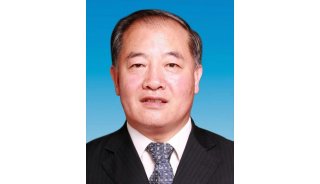
-
焦点事件

-
科技前沿

-
焦点事件
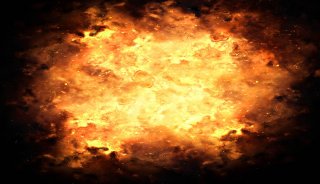
-
焦点事件

-
招标采购

-
焦点事件

-
招标采购

-
焦点事件

-
标准

-
焦点事件

-
焦点事件

-
焦点事件

-
焦点事件

-
焦点事件

-
焦点事件

-
焦点事件

-
焦点事件

-
企业风采

-
焦点事件

-
政策法规

-
市场商机

-
焦点事件

-
焦点事件

-
焦点事件

-
会议会展

-
企业风采

-
焦点事件

-
焦点事件

-
焦点事件
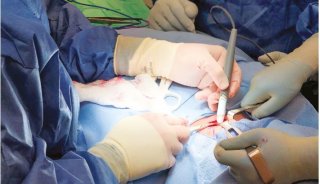
-
焦点事件

-
企业风采

-
焦点事件

-
会议会展

-
焦点事件

-
焦点事件

-
焦点事件

-
焦点事件

-
焦点事件

-
项目成果
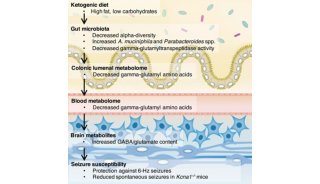
-
会议会展

-
会议会展

-
焦点事件













